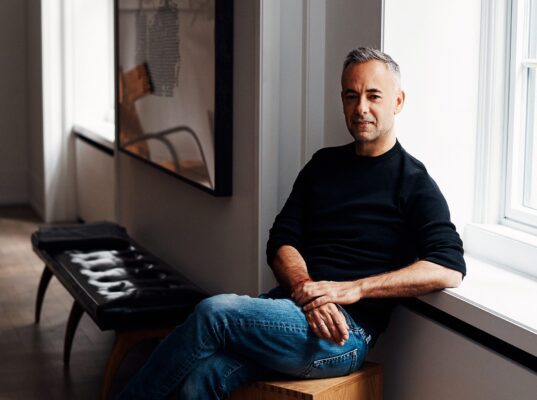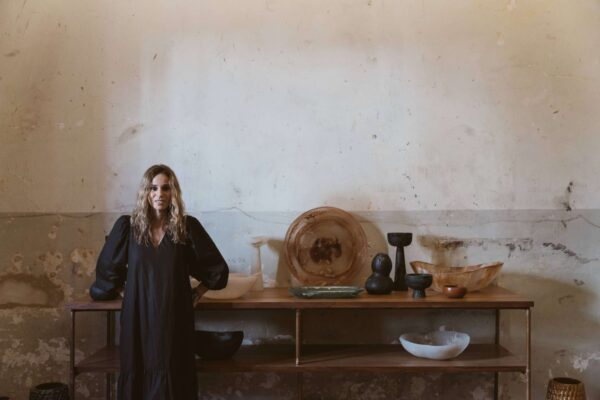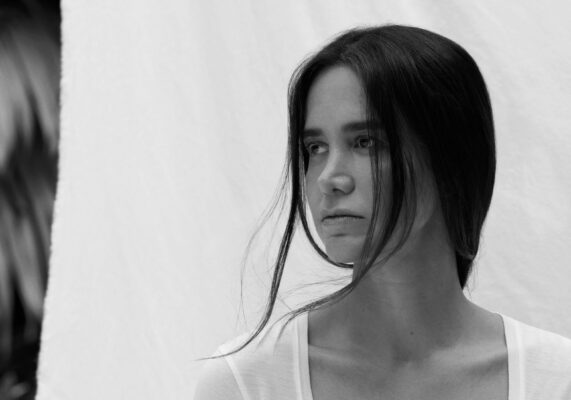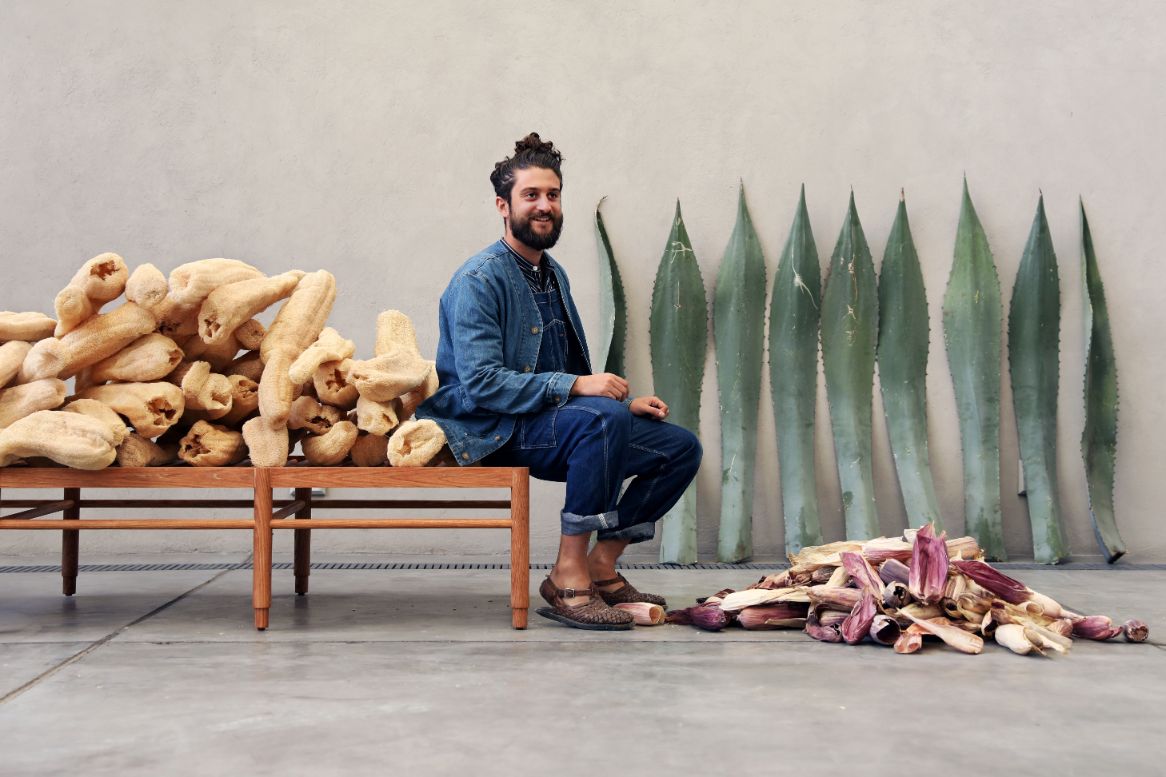
COFFEE WITH
FERNANDO LAPOSSE: “WORKING WITH NATURAL MATERIALS HAD MORE TO DO WITH WHO I AM AND WHERE I COME FROM”
Name: Fernando Laposse
Profession: Designer
Place of Birth: Mexico City, Mexico
Zodiac Sign: Virgo
Instagram: @fernandolaposse
LATINNESS: What brought you to the world of design?
FERNANDO: There was always an artistic vibe in my house. My mother is a painter and my father is a baker, so as far as I can remember, there was a connection between art and food; a concern for both aesthetic things and for flavors and ingredients, and also a bit for agriculture.
I grew up in Mexico, but I was born in France. My parents are Mexican. I returned to my native country when I was 15 years old, and when it came time to decide where and what to study, I was between art and design.
I ended up deciding on the latter, and that’s why I moved to London. It was a good option because design is introspective; there is a great connection with the artist’s personality. I also feel it has a slightly stronger bond with society in general, that is, there is a relationship towards the outside and not so much towards the inside; it’s about being very analytical. My personality fits better with design because it seeks to find a certain solution to a problem, which art does not have. That’s why I ended up being a designer.
LATINNESS: Were you always interested in working with natural materials?
FERNANDO: Apart from being a painter, my mother taught art classes, and I was always her guinea pig. From a very young age, I did exercises to observe natural elements, and this instilled in me a sensitivity towards nature. When I was studying at Central St. Martins in England, product design had a more industrial context, it was designed for the reality of countries with more industrial production.
Getting involved with natural materials had more to do with who I am and where I come from, because in Mexico we do not have a large industry, but we do have artisan production based on natural materials. My return to them was thanks to a reconnection with my origins, and because I found that designing only for places with industrial collections did not suit me.
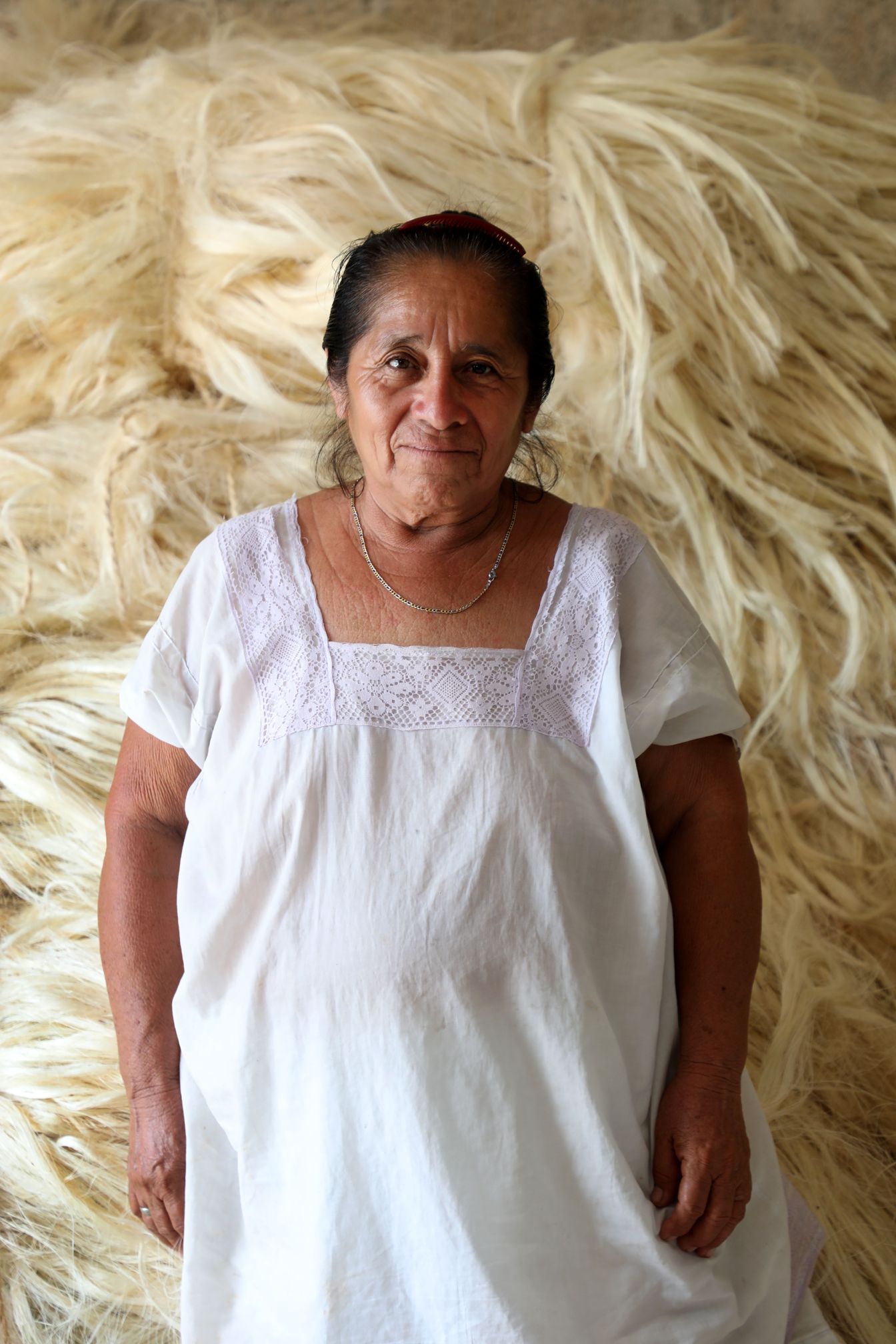
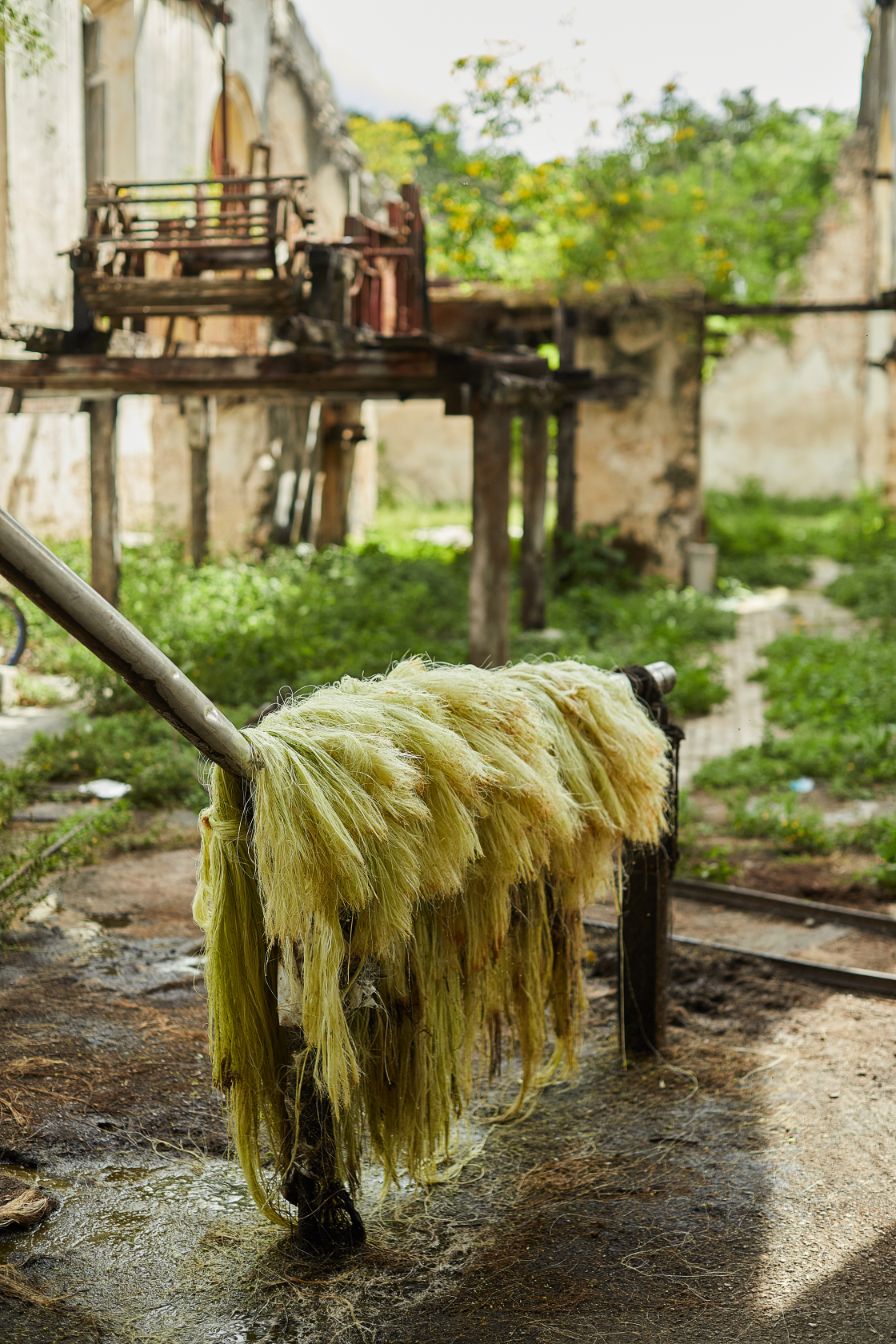
LATINNESS: Your work can also be considered research projects and tools of communication for materials that are in danger of extinction. How do you choose these and the communities you work with?
FERNANDO: Research is essential for me when it comes to talking about sustainability and natural materials. I think they have to be placed in a social context. Many sustainability problems have to do with the fact that the human factor is not taken into account, nor the relationship with a community. When deciding on materials, I approach them beyond the logical and mechanical.
In my case, it is more important to root them in a geographical and social context. However, linking them to communities is not by coincidence; the history of a community goes hand in hand with a material. Hence, when researching, I make historical links to understand how that connection is formed since certain cultural aspects or certain traditions are intrinsically linked to a material.
When you discover the history of a material, you also begin to understand socio-economic and trade histories, the power dynamics, and so on. It is very interesting to approach it in this way.
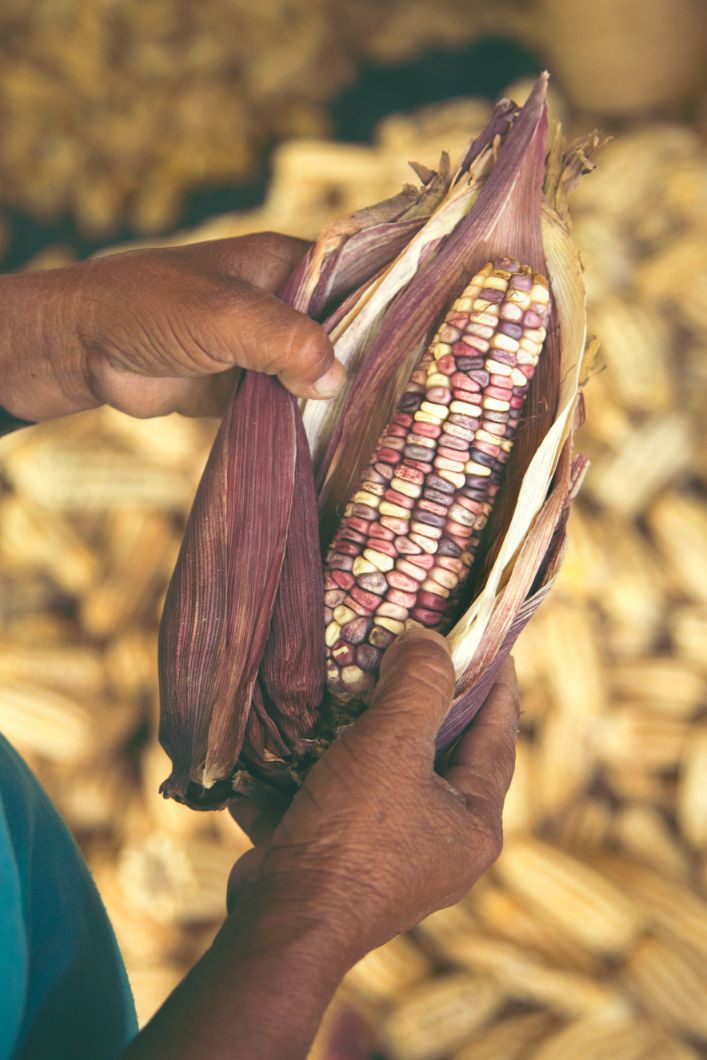
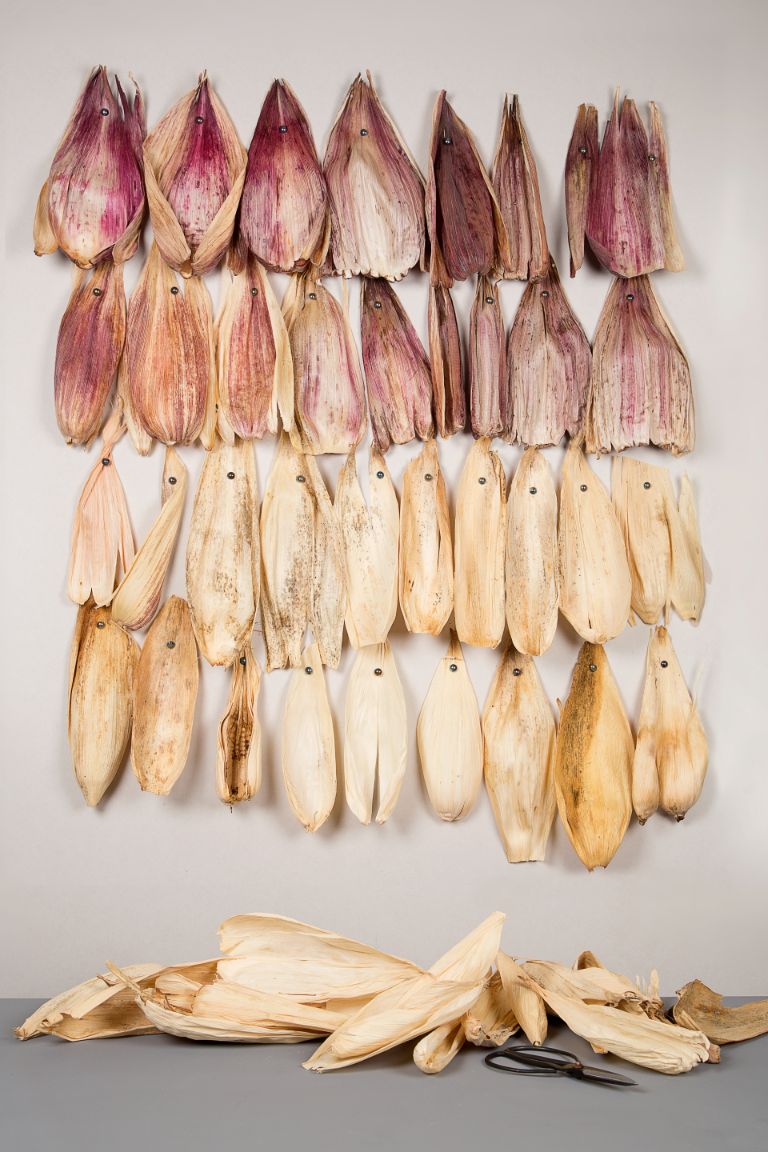
LATINNESS: Do you think the use of materials, such as sisal or corn, can be revived or eventually replace commonplace materials such as plastic?
FERNANDO: Yes. In terms of performance, yes, because, for example, in the case of sisal, it was already used for everything that later was supplanted by plastic: ropes, fishing nets, the material used to make hammocks, certain textiles such as utility rugs, etcetera. All of that already existed. It was simply replaced by plastic.
I think the main challenge now is a question of cost. Plastic is still cheaper, but we also have to consider why that is- what are the reasons behind this? If you look at it objectively, plastic products are incredibly cheap because there is a whole industry established for their production, but beyond that, because its raw material is oil and oil is the most subsidized industry in the world. This means that we never pay the real price for what we are consuming through plastic, because oil is subsidized by the government.
So it is very difficult for these new plastic substitutes to enter the market without any major subsidy from the government, at least in the case of sisal. If its use is dictated by the free market, it will never be able to compete with plastic. For real change to occur, subsidies have to be put in place.
It is through this type of thing that the role of design can be very, very important, very interesting, because through the illustration of these investigations, it is possible to communicate this type of idea so that it can be said: “Well, okay, it’s not so difficult”. Now, simply, it is the system that determines the consumption of plastic.
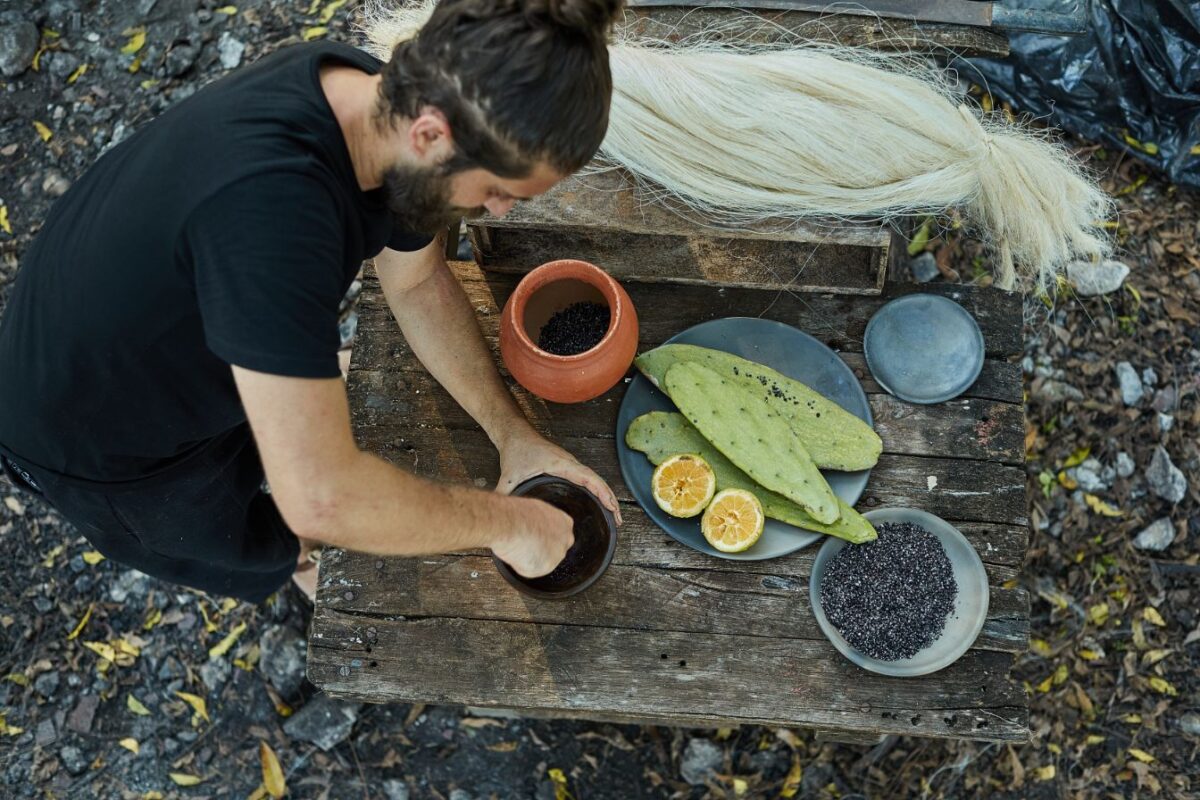
LATINNESS: What do you think will be the sustainable materials of the future for design?
FERNANDO: Vegetable fibers are the most sustainable materials available for obvious reasons: they grow fast and are renewable. However, it is very important to not repeat past mistakes. For example, with sisal, although it is a super viable option to plastic, it can also have harmful consequences for the environment, especially if monocultures are generated, if large areas of land or jungle are eradicated to plant only the agave that produces sisal. That happened in southern Mexico and it continues to happen in places like Kenya.
The key for these substitutes or materials of the future is not so much what they will be, that is, it is not only in the choice of material, but also in diversity, in combining multiple plants and ensuring that the implementation of these crops is done with a vision of permaculture, not monoculture.
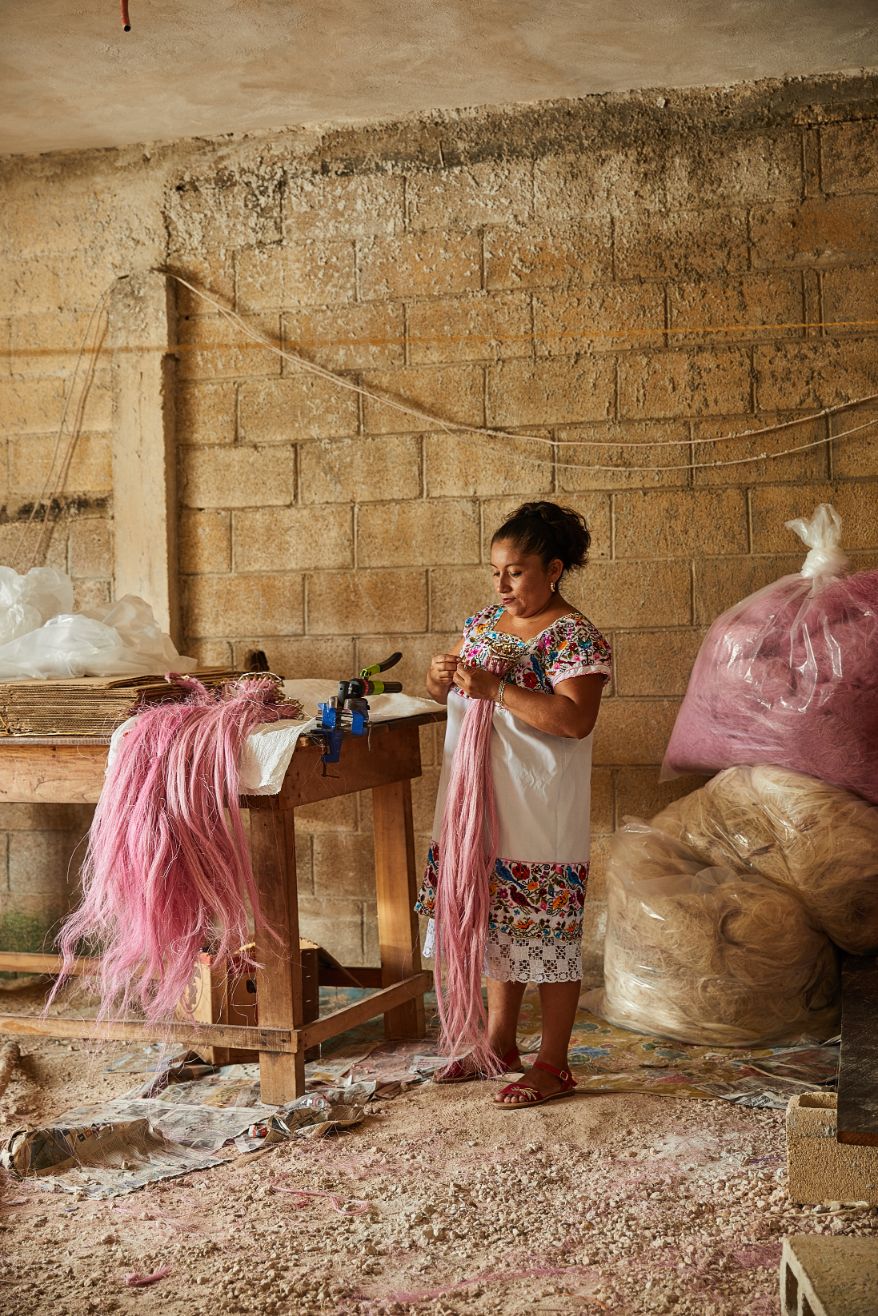
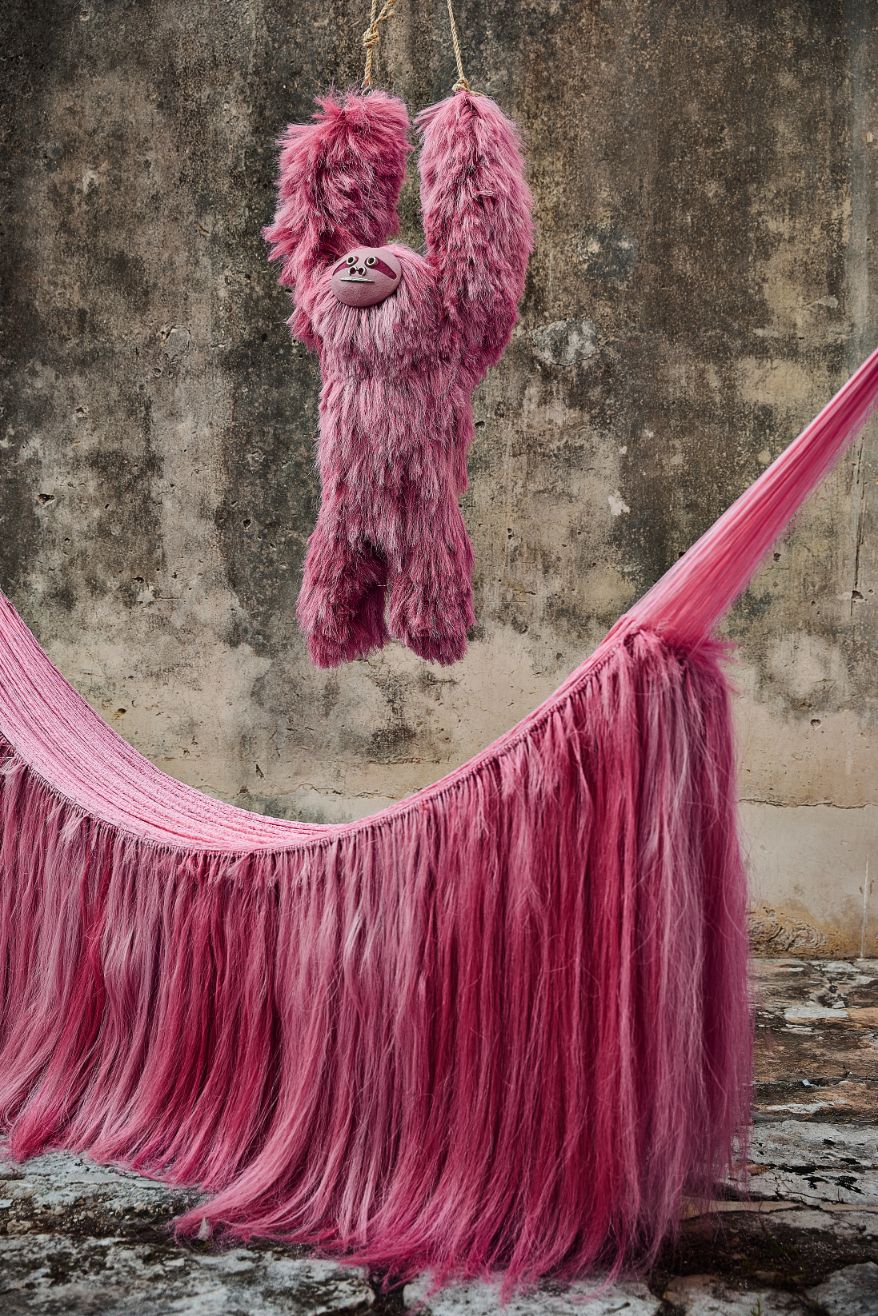
LATINNESS: The last time we spoke, you were about to inaugurate Pink Beasts in the Miami Design District. How was this project received?
FERNANDO: It was a super project, very well received. The organizers were delighted by the impact on visitors. Of course, there was everything: people who simply wanted their selfie and that was where the interaction with the piece ended, which is valid. But there was also a good percentage of people who took the time to read the explanation and then saw the video- a mini documentary of how the piece was made, of the story behind it- and that was very gratifying for me.
A good part of the success of this project was the relationship we established with the communities. That was of great value to me and a magnificent barometer to measure its real impact, because in the end, social barriers were broken.
Everything went well, and I was able to prove that it’s feasible to do something qualitative employing an indigenous community. These populations do not have to be isolated and forgotten; they can be integrated into the global economy.
LATINNESS: You mentioned the selfie, which leads us to our next question. Installations such as Pink Beasts are very successful in the field of social media. How do you handle the dichotomy of sharing a deeper message in the often superficial Instagram world we often live in?
FERNANDO: Well, you have to play the game, right? We can criticize it, but it is a dynamic that is here to stay, at least for the next few years. Of all the art during Art Basel, the most talked about piece was the banana with the scotch tape, right? That is the nature of things today.
What is interesting is that the selfie and the color attract people to the pieces, and that is where the real work is: how do you captivate them so that they hear the message? The way we did it with Pink Beasts was to show everything in a very transparent and didactic way, very playful. Sometimes I think that is also the advantage of design over art. Art tends to send a little more complicated messages that sometimes make the average person, who may not have had the opportunities to visit museums from an early age or does not have a certain level of exposure to art, feel a little alienated.
So, I think design has stability in very simple terms: communicating an easy-to-digest story that only takes a couple of minutes to understand.
The mixture that is emerging between design and art is interesting, since now the former can enter contexts such as first world fairs, but with the difference that it presents themes in a simpler way, and, at least, proposes certain solutions to problems.
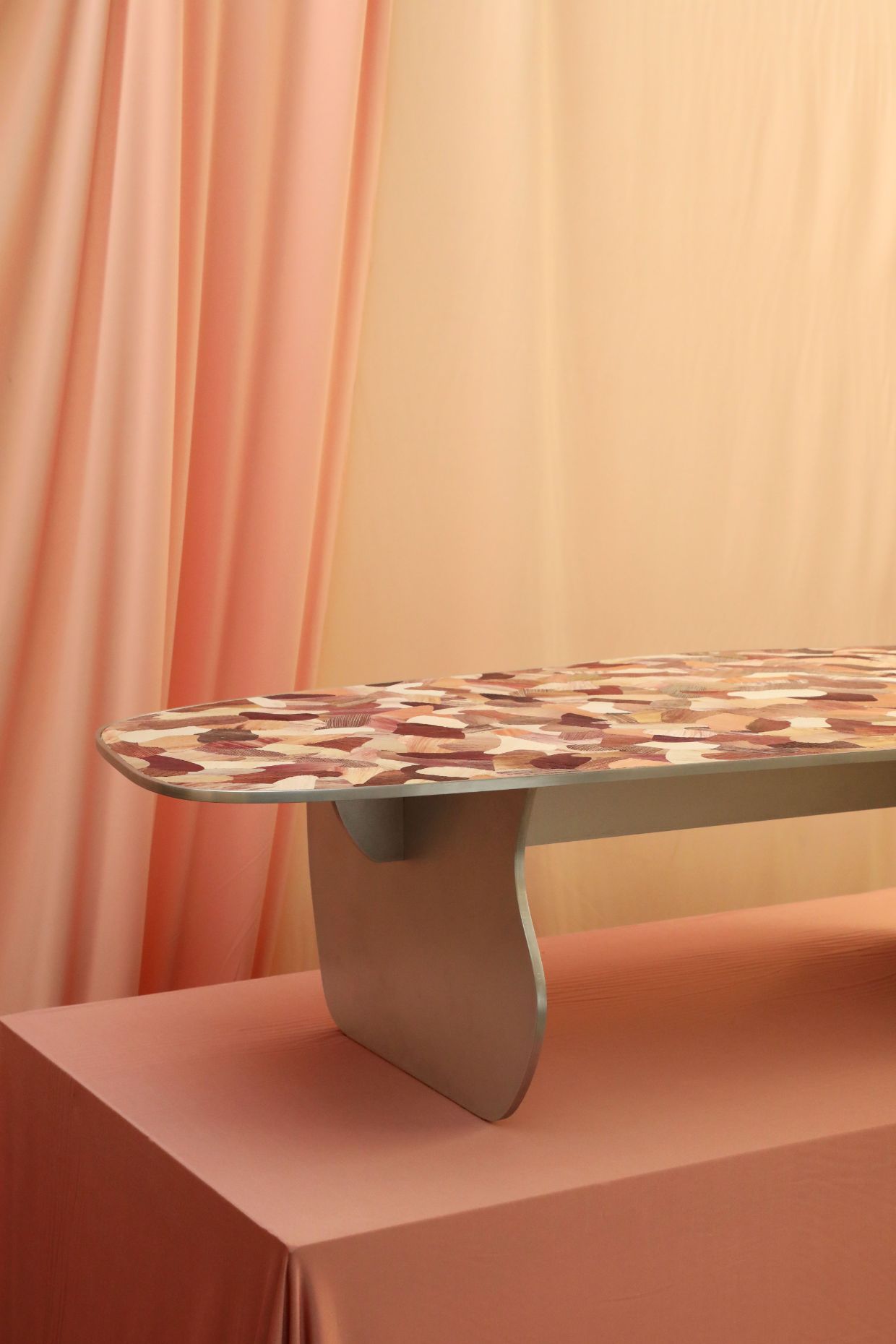

LATINNESS: It speaks volumes about the transformative power of design and its real impact now and in the future. Can you give an example of this within your work?
FERNANDO: Yes. For example, my most successful project in the social sphere has been with the totomoxtle, the corn leaf, in Tonahuixtla, because we have been doing it for five years and thanks to this project, I have been able to measure these social impacts. Throughout this time, we have managed to reintroduce several varieties of corn that had almost disappeared.
The money generated by the project made it possible to restore one of the town’s community buildings. Today, in addition to being a workshop that creates job opportunities, it is also a communal space for people to communicate certain things, organize matters such as agricultural techniques, and make decisions about how to manage their lands. It is there that we are motivating people to return to traditional techniques.
All of this started with four or five people, and now we are almost fifty in the town. The project is generating a higher income for about ten or fifteen families. It is something that can be measured and verified, and with this we can be very transparent about how these programs are being applied.
Obviously, many times it happens that when I go to design fairs, the first question they throw at me is: “How can we make this bigger? How can we achieve this on an almost industrial scale? ”. For me, sustainability is not only very important in terms of material, but also the sustainability of a project. How can you grow on a scale that makes sense? That is, not to suddenly do it on an industrial scale, if that is will affect small-scale philosophy, and still have a great social benefit for all the people involved. That is the challenge.
A good way to describe the philosophy of this project is that our priority is not necessarily the end customer, but the employees, that is, our main focus is their well-being and that of the environment where it is applied. It is a radically different way from how you usually do conventional business.
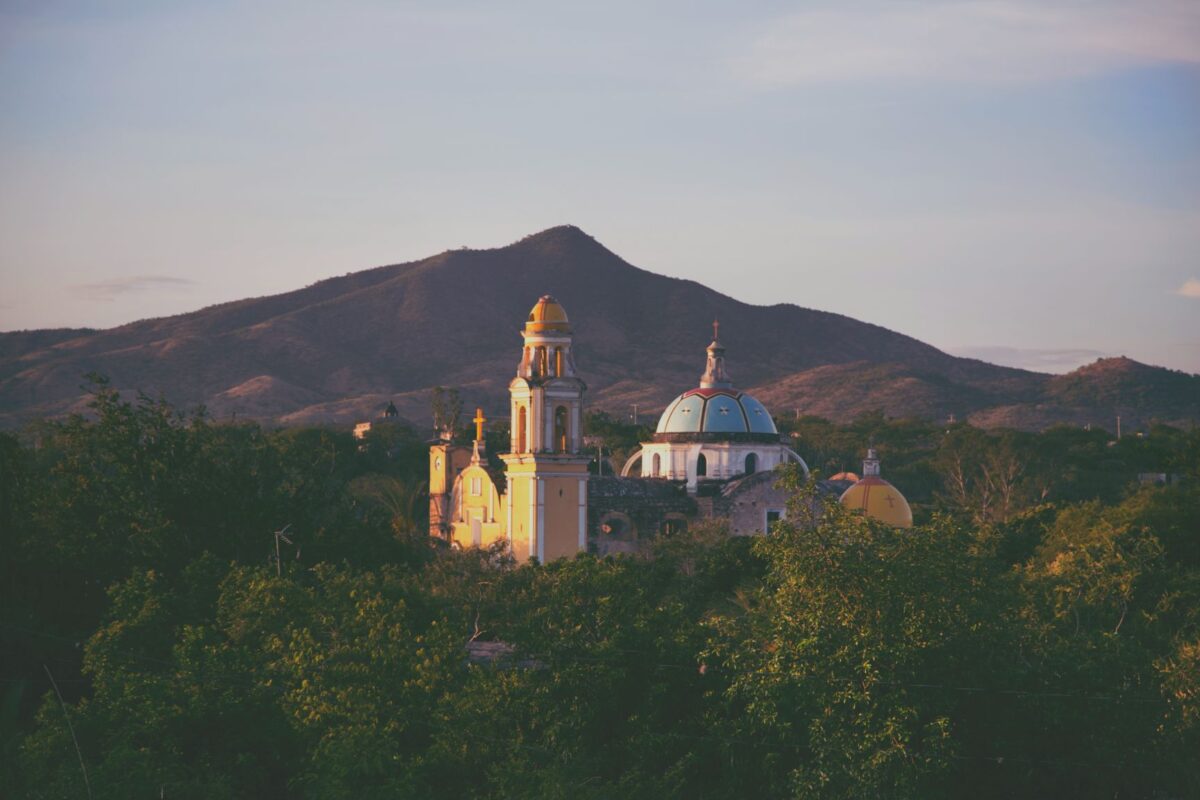
LATINNESS: Right now most of your work is in Mexico. Are there other countries that pique your interest for future projects?
FERNANDO: Yes, I am in Mexico now. The pandemic, although it has been terrible, has given me a respite and time that I did not have with London’s tremendous pace. The last six months I have spent eighty percent of the time in town, working with the community, and we have done a lot.
Mexico has this incredible wealth of indigenous populations, but of course this is the case throughout Latin America. I would love to do something in another country, although I think it is a bit difficult, because to execute a project that takes so long, you need a very strong personal connection with the place. So for me, naturally, it’s easier to do it in Mexico. But why not? I would love to explore other options.
Why not Colombia? I think that if we talk about sustainability and the great challenges involved in applying it to the future, the places where this will be decided are, without a doubt, Latin America and Africa. They are the last frontiers of virgin forests and environmental reserves, of intact ecosystems. They are not yet in serious danger, but because they have not been exploited to the level that’s been done in the United States, for example.
It is also where the most vulnerable communities are and where, due to poverty and injustice, there is a greater risk of deforestation or neglect of these natural resources. It is something that people tend to forget: nobody wants to go to cut down the forest behind their house, but if that guarantees your children’s education or being able to give them medical attention, you will.
Latin America and Africa is where the stake is highest, and it is in these types of places that I am interested in applying these projects. I want those links between material and community to be made, as well as create public awareness, especially in Europe or the United States, because, at the end of the day, there is a connection in everything.
The extraction of these resources is destined for industries in these two parts of the planet. It is very important to show the leaders and, therefore, despite working with indigenous communities, I always seek to give the project a global context. I say: “Okay. This is the situation that is happening in our indigenous community, but many of these problems have to do with gigantic things that are global”.
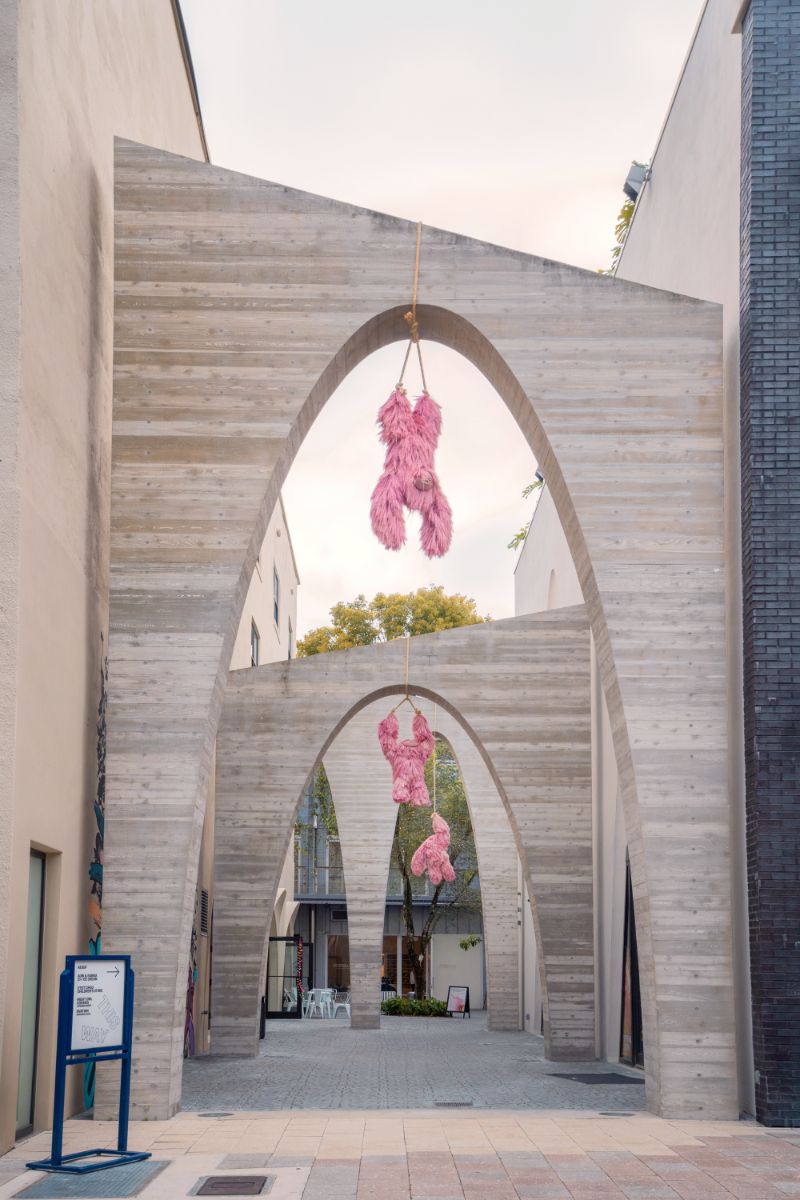
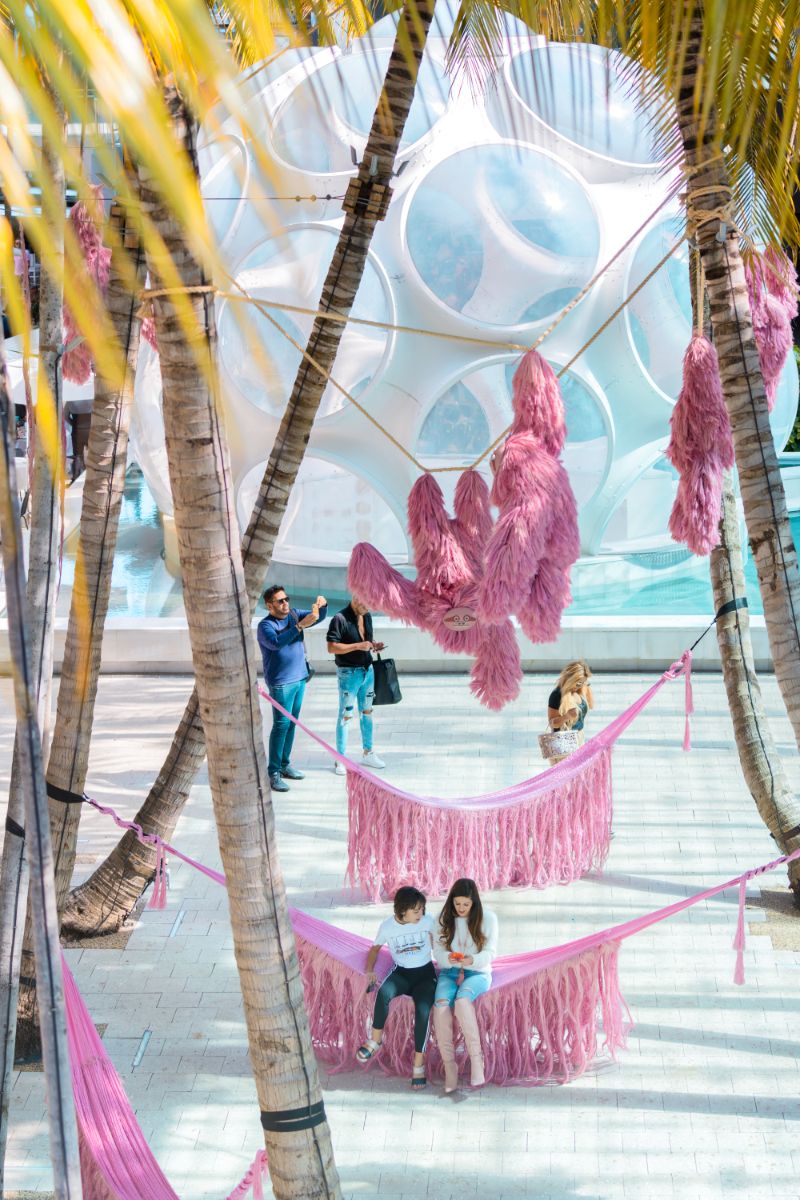
LATINNESS: What are your thoughts on sharing the knowledge from your research with companies that can potentially make use of these sustainable materials?
FERNANDO: I was open to that idea, but I am very careful with those issues, especially with whom I expose these communities. It is a very fragile relationship, and I think it is important to do it the right way.
It is essential that we are aware that these themes are becoming a bit trendy, right? And obviously, the logical evolution is for brands to start getting into it. There are some who handle it very well, but there are also others who handle it very poorly. Which is why it is vital to know how it is done and with whom, and that it is carried out in a very responsible manner.
For example, Pink Beasts was in collaboration with the Miami Design District, which is a shopping center. There is a commercial purpose behind the collaboration, but, in this case, they ended up financing and facilitating the arrival of Jacobo Mendoza, who is the dyeing master from whom I learned all my techniques. They brought him to this space to speak, and he gave a demonstration in his original language during Art Basel.
Those kinds of collaborations are the things I’m looking for. It is imperative that communities do not become protagonists behind the scenes, half hidden. You have to give them visibility, make them part of the recognition, and also give them an economic advantage.
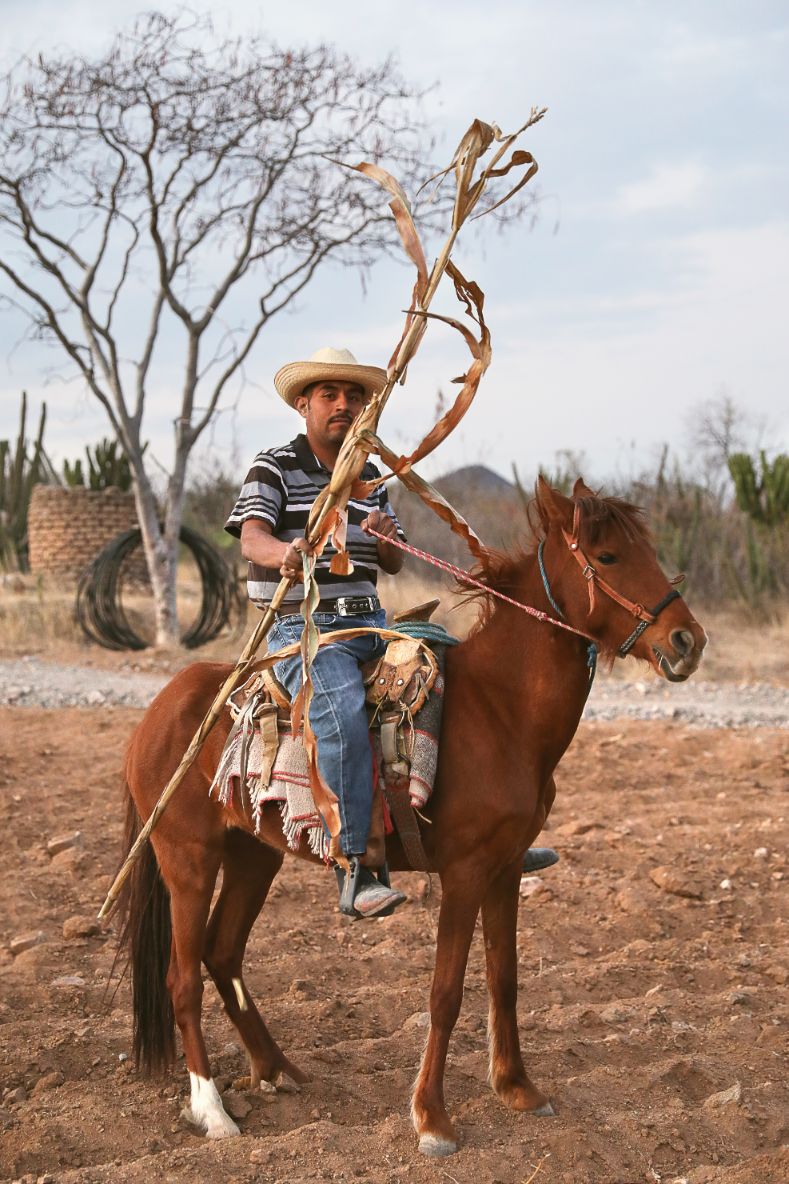
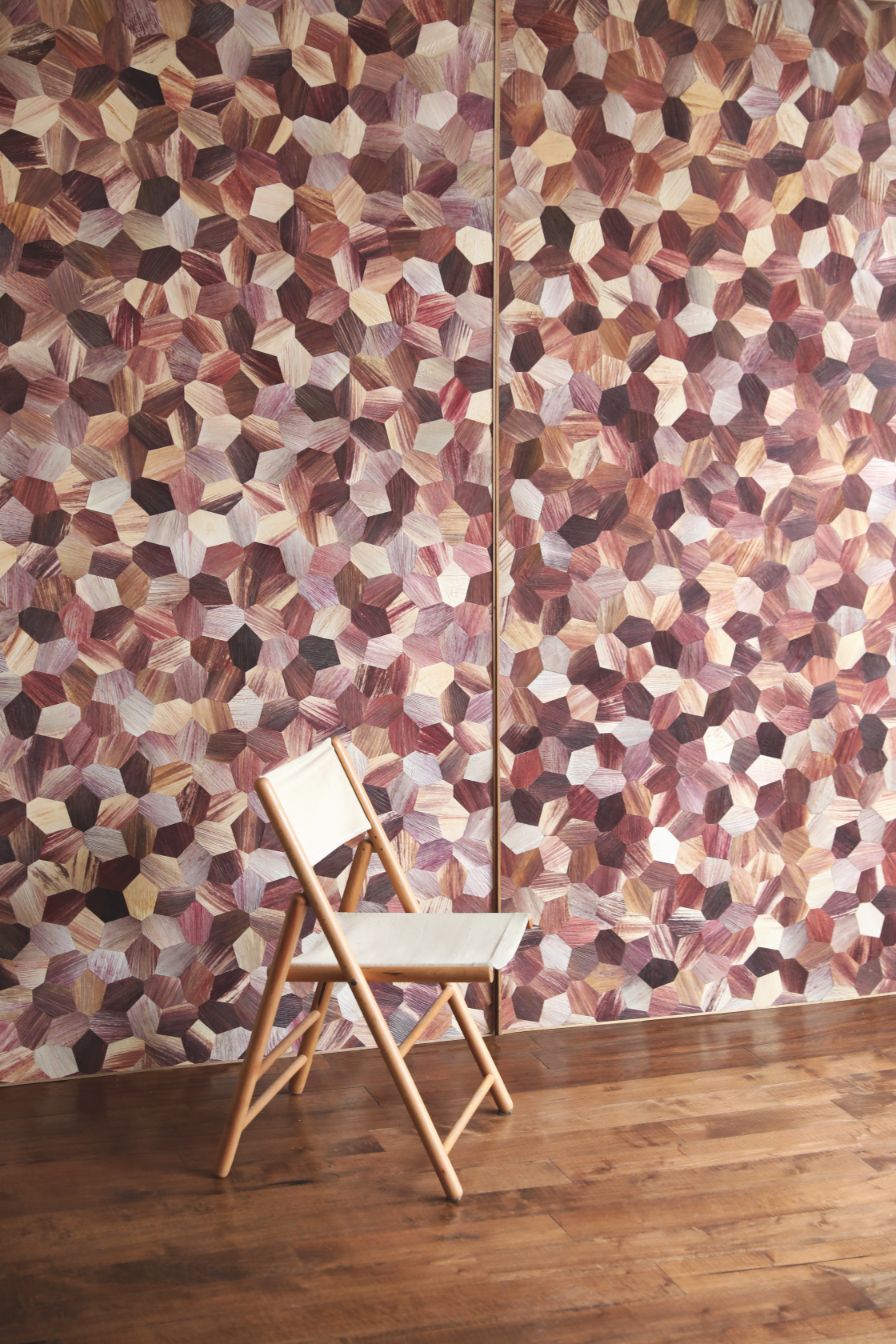
LATINNESS: Prior to the pandemic, you lived between Mexico and London (UK). What have these countries given you in terms of work and inspiration?
FERNANDO: Mexico has everything: popular culture, crafts, handling of natural materials and the indigenous theme that is very much present in my work and in my speech. However, London has given me a global vision and the power to have a visual language that is globally attractive. The exposure that London offers you is impressive. Also, I don’t think the success of my projects would have had such an impact doing them on my own in Mexico.
The privilege of living in Europe also gave me a fresh vision of what this country is, a new angle to appreciate things that perhaps someone who has been in Mexico permanently would not find so interesting. Taking distance gives you a broader perspective.
The fact of living in a context in which the division of social classes is not so marked or experiencing a much more equitable society, gives you a broader picture. When I returned to Mexico, I felt the great responsibility of trying to reduce this inequality gap between social classes.
I think that today, in Europe and Scandinavia there is greater equality, and that gives you a certain vision when you return to your native country.
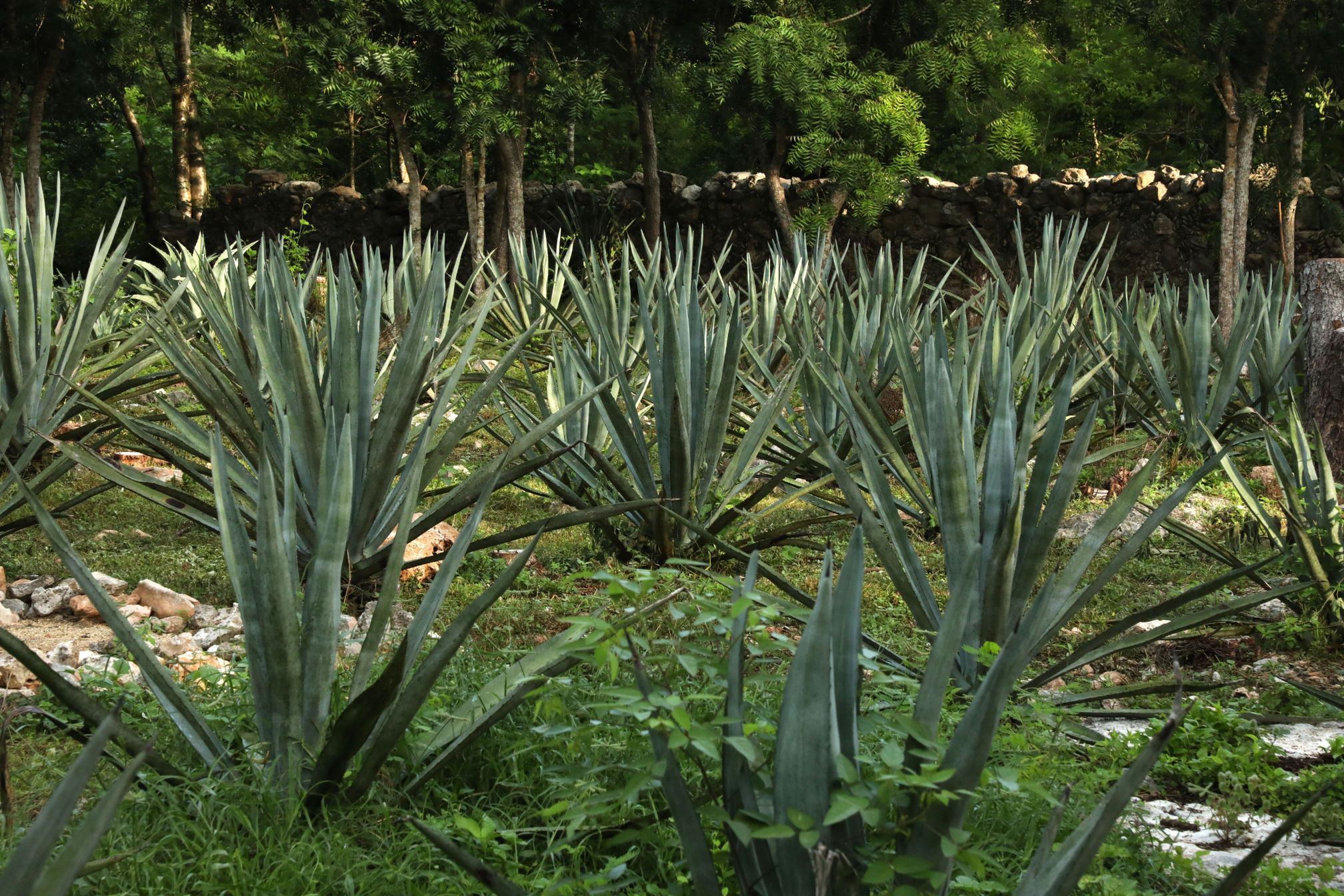
LATINNESS: What are you working on now?
FERNANDO: We have made many advances in Tonahuixtla with corn. We set up a new workshop, so we are trying to merge the totomoxtle projects and the work with sisal, because one of the great problems that this town has suffered from is the impact of erosion.
Due to the change from traditional agriculture to chemical agriculture, many of the herbicides, the weed killers, have eliminated much of the plants that previously supported the land, which has washed the hills around the town. This is one of the main reasons why villagers can no longer be farmers.
The interesting thing is that the community started a program to reforest the mountains. When we think about it, we usually assume that trees are planted, but the community is doing something wonderful: reforesting with cacti, which are plants that are very well adapted to the region. Many of them are agaves and are already at the harvest point. So, I’m thinking about how we can create a rotation system for the agaves that not only stops erosion, but also takes advantage of them economically.
The idea is to sell the center of the agaves to the mezcalerías so that they can produce mezcal and use the leaves in the totomoxtle workshop so that they can be part of the furniture that I am making with sisal. I have invested in new woodworking tools for this.
I must say that the people who work on this project are not artisans. They have gradually become artisans thanks to this. Now they know how to make totomoxtle. These days I am teaching them basic carpentry techniques to be able to make sisal benches or, for example, a monster that a client in New York commissioned in the same material, so we are working on that.
We have also made new totomoxtle designs. In addition, we train ourselves to be able to start producing sisal things. We are thinking about all this in the future. We want to give life to an ecosystem in which plants serve to face these environmental challenges that exist locally, but that also generate an economic benefit for the community.
LATINNESS: What is the role of a designer today in your opinion?
FERNANDO: It depends. I think that, as in everything, there is great diversity. There are designers who simply design and produce, and others who are much more active in their work. My version of design is that it is something that can synthesize bigger ideas; in fact, there is an intersection that I love: design combined with environmental activism.
In this context, design plays an important role because it can connect many people who were previously disconnected. For example, in the case of totomoxtle, we worked with scientists and agronomists from a seed bank who are not in direct contact with indigenous communities, but who saw things on a much larger scale. We can also connect the world of art and design with the indigenous community.
So, I think that a designer, when he goes beyond just solving aesthetic issues, is a character who has a kind of fluidity to connect and to solve certain problems.

LATINNESS: Is there a dream project you long to accomplish?
FERNANDO: Generally speaking, my dream would be to make a whole house. Obviously, I am not an architect, but creating a kind of house in which every detail is designed is something I would like to do.
With what I have learned from the community in agriculture and plant management, I would love to produce something on a larger scale and longer lasting. Not only a house, but also everything that goes inside and outside of it. A house with a plantation around it. Something on that scale.
It would be incredible because it would also serve as a platform to communicate these ideas, where you can receive people and make them live in this reality or this system for a while.
That would be a dream project in the sense that it will last for many years and can become an educational tool.
Images courtesy of Fernando Laposse

